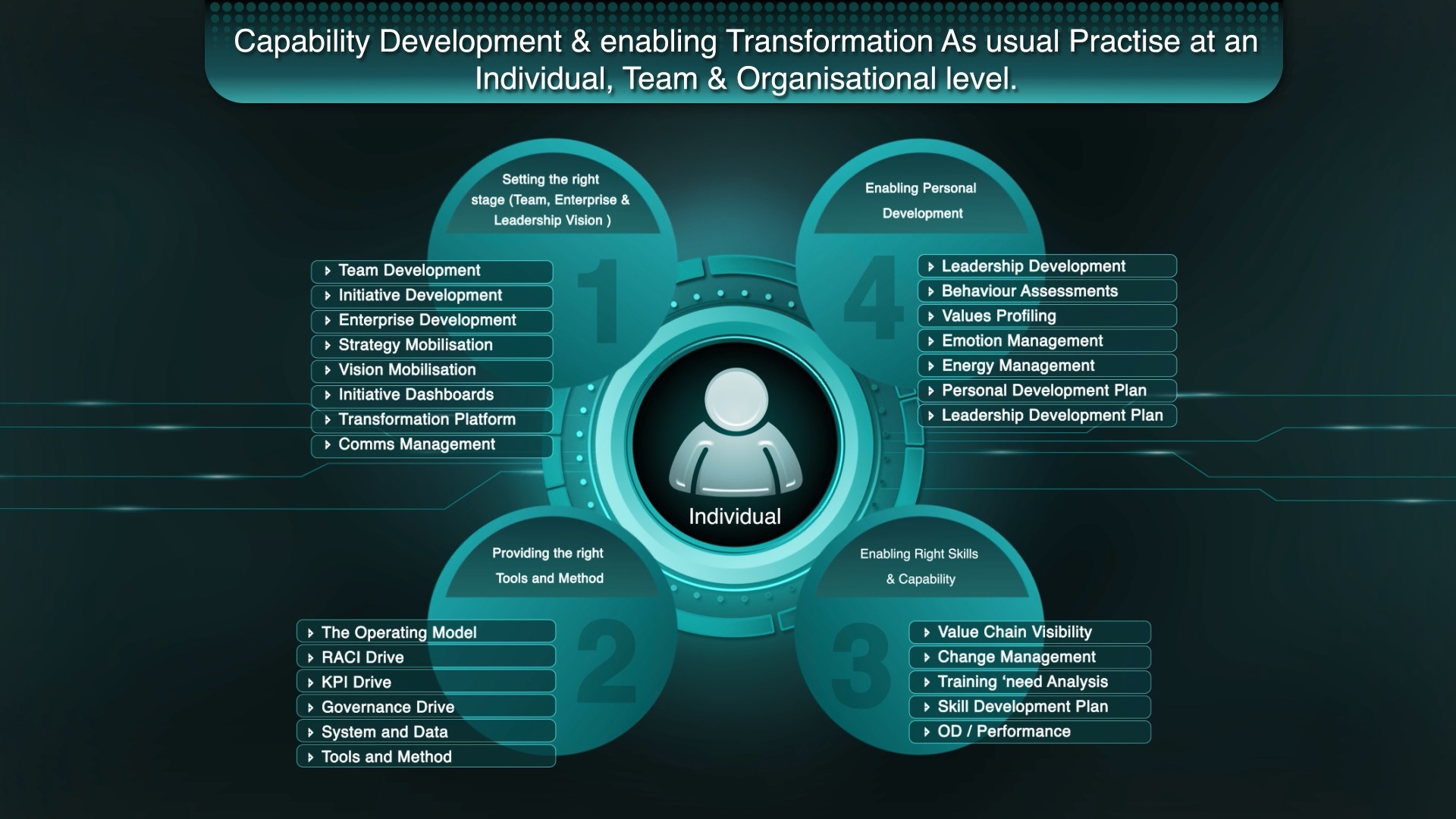Industrial Manufacturing – Enterprise Business Transformation
An Introduction To Our Industrial Manufacturing Platform
Modus Business Transformation Core Modules
Building, Driving and Sustaining your Business Transformation and embedding a 'Transformation As Usual' platform.
01 - Business Model Management - Manage and Adapt
Manage and Adapt with Modus ETP:
Set up and analyze your current and future business models, covering aspects of markets, customers, products, and services.
Key Features and Benefits:
• Business Model Management: Create and adapt business models to stay
competitive. Analyze market trends, customer needs, and product
performance.
• Business Transformation Survey: Conduct surveys to identify strengths,
weaknesses, and opportunities. Use data-driven insights to guide
transformation efforts.
• Transformation Strategy Hub: Centralize your transformation strategies for
cohesive execution. Align business activities with strategic goals for
sustained growth.
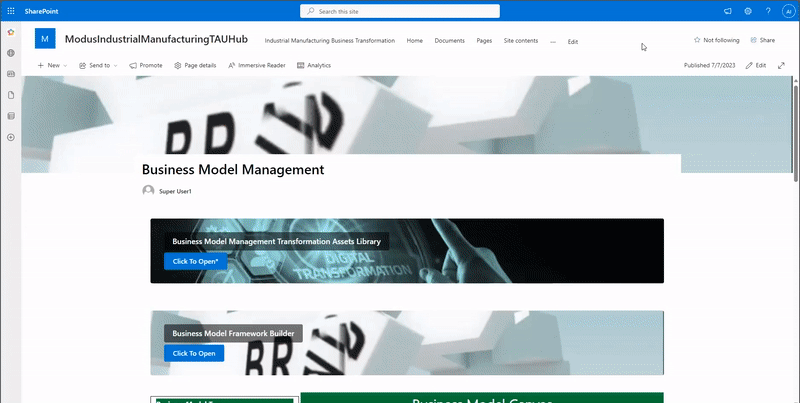
Importance:
• Stay Competitive: Quickly adapt to market changes and customer demands.
• Make Informed Decisions: Use comprehensive data analysis to guide
strategy.
• Ensure Strategic Alignment: Keep all business activities aligned with your
overarching goals.
• Drive Sustainable Growth: Plan and execute transformations effectively.
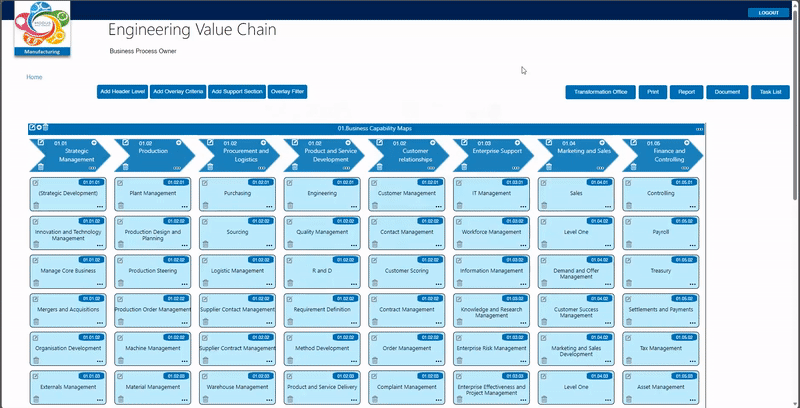
Importance:
• Optimize Operations: Identify and eliminate inefficiencies in your value
chain.
• Drive Growth: Use data-driven insights to plan and execute growth
strategies.
• Ensure Alignment: Align every aspect of your operations with your strategic
objectives.
• Enhance Decision-Making: Make informed decisions with comprehensive
value chain analysis.
• Increase Competitiveness: Stay ahead in the market by continuously
improving your value chain.
02 - The Value Chain Modeler - Manage and Adapt
Manage and Adapt with the Value Chain Modeler:
Understand your complete business model and touch points on the end-to-end value chain. Articulate, illustrate, and plan your business growth effectively.
Key Features and Benefits:
• Value Chain Analysis: Analyze every step of your value chain to identify
opportunities and inefficiencies. Gain insights into market trends, customer
needs, and operational performance.
• Value Chain Surveys: Conduct comprehensive surveys to gather data on
each segment of your value chain. Use the insights to make informed
decisions and optimize processes.
• Target Operating Model: Design and implement a target operating model
that aligns with your strategic goals. Ensure all business activities are
integrated and optimized for maximum efficiency.
03 - The Operating Model - Organize and Sustain
Organize and Sustain with the Operating Model:
Define, capture, and visualize operational processes and activities. Manage your 'living' process knowledge hub with the Ways of Working Centre of Excellence.
Key Features:
• TOM and Operating Model Design: Develop and sustain Target Operating
Models (TOM) tailored to your strategic goals. Create detailed blueprints for
processes, systems, and organizational structures.
• Operating Model Components: Integrate key components such as policies,
rules, KPIs, and data systems. Ensure all elements are aligned for efficient
operations.
• Product and Services Value System Design: Design value systems that
optimize the delivery of products and services. Enhance efficiency and
customer satisfaction.
• Customer Experience Design (CX): Craft customer-centric processes to
improve customer experiences. Align business operations with customer
expectations.
• Business Role and Skill-Based Design: Define roles and skills required for
optimal performance. Use the model as an ongoing training guide to up-skill
your workforce.
• Process Support Office: Establish a support office to manage and optimise
processes continuously. Ensure all processes are documented, updated,
and improved regularly.
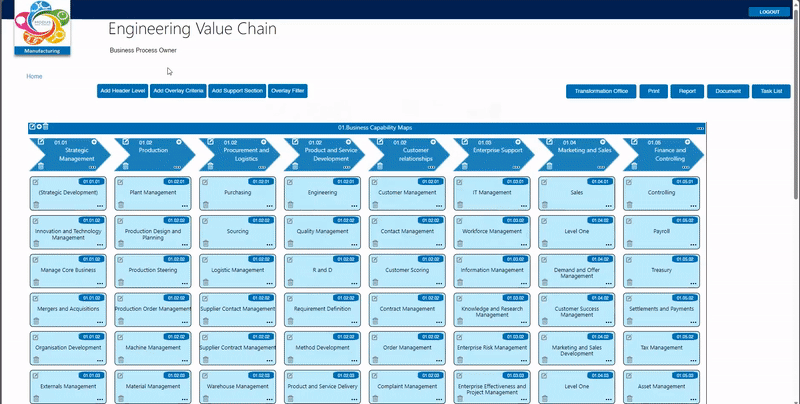
Importance:
• Optimize Operations: Streamline processes for maximum efficiency.
• Enhance Customer Experience: Align operations with customer needs.
• Facilitate Training: Use as an ongoing training guide to up-skill employees.
• Ensure Strategic Alignment: Keep all activities aligned with business goals.
• Adapt and Improve: Continuously update and optimize your operating
model.
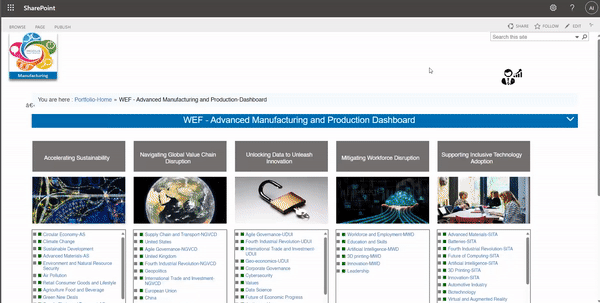
Importance:
• Comprehensive Support: Provides all necessary tools and resources for
successful transformation.
• Strategic Alignment: Ensures all projects align with strategic objectives.
• Efficiency and Effectiveness: Enhances project execution and resource
management.
• Continuous Improvement: Supports ongoing optimization and governance of
transformation activities.
04 - The Transformation Assets and Portfolio Module - Discover and Transform
Discover and Transform with the Transformation Assets and Portfolio Module:
Successfully execute and deliver your transformation vision using a comprehensive library of pre-defined templates and methods.
Key Features:
• Portfolio Management Office:
Centralize and oversee all transformation projects and initiatives.
Ensure alignment with strategic goals and efficient resource allocation.
• Pillar/Initiative Management Office:
Manage specific transformation pillars or initiatives.
Track progress and ensure each initiative meets its objectives.
• Program Management Office:
Coordinate and manage multiple related projects.
Ensure cohesive progress and alignment with overall transformation
strategy.
• Project Management Office:
Plan, execute, and monitor individual transformation projects.
Ensure timely delivery and adherence to project goals.
• Project Support Office (or Virtual PMO):
Provide support and resources for project teams.
Enhance project efficiency and effectiveness with virtual tools.
• Value Chain Analysis
• Business Model Analysis
• Transformation Strategy
• Transformation Mobilization
• Planning Management
• Transformation Log Management
• Financial Management
• Communication Management
• Operating Model Management
• Process Design Management
• IT Design Management
• Build and Test Management
• Implementation Management
• Change Management
• Personal Development Assessments
• Training Management
• Organizational Design Management
• Transformation Review
• Optimization and Governance
05 - Organizational Change Management - Unite and Thrive
Unite and Thrive with Organizational Change Management:
Drive and achieve full adoption of change by engaging and building organizational structures, pathways, and skills down to individual roles and resources.
Key Features:
• Change Management Office: Centralise change management efforts.
Ensure smooth and effective implementation of changes.
• Comms Management Office: Manage all communications related to change.
Keep stakeholders informed and engaged.
• Organizational Design Management Office: Design and implement optimal
organizational structures. Align structures with strategic goals and
operational needs.
• Leadership Development Practices: Develop leadership skills to guide and
sustain change. Empower leaders to drive transformation initiatives.
• Change Workbench: Provide tools and resources for managing change.
Facilitate planning, execution, and monitoring of change activities.
• Adoption and Course Correct: Ensure full adoption of changes across the
organization. Adjust strategies as needed to achieve desired outcomes.
• Training and Launch Academy: Offer training programs to support change
initiatives. Equip employees with the skills needed for successful
transformation.
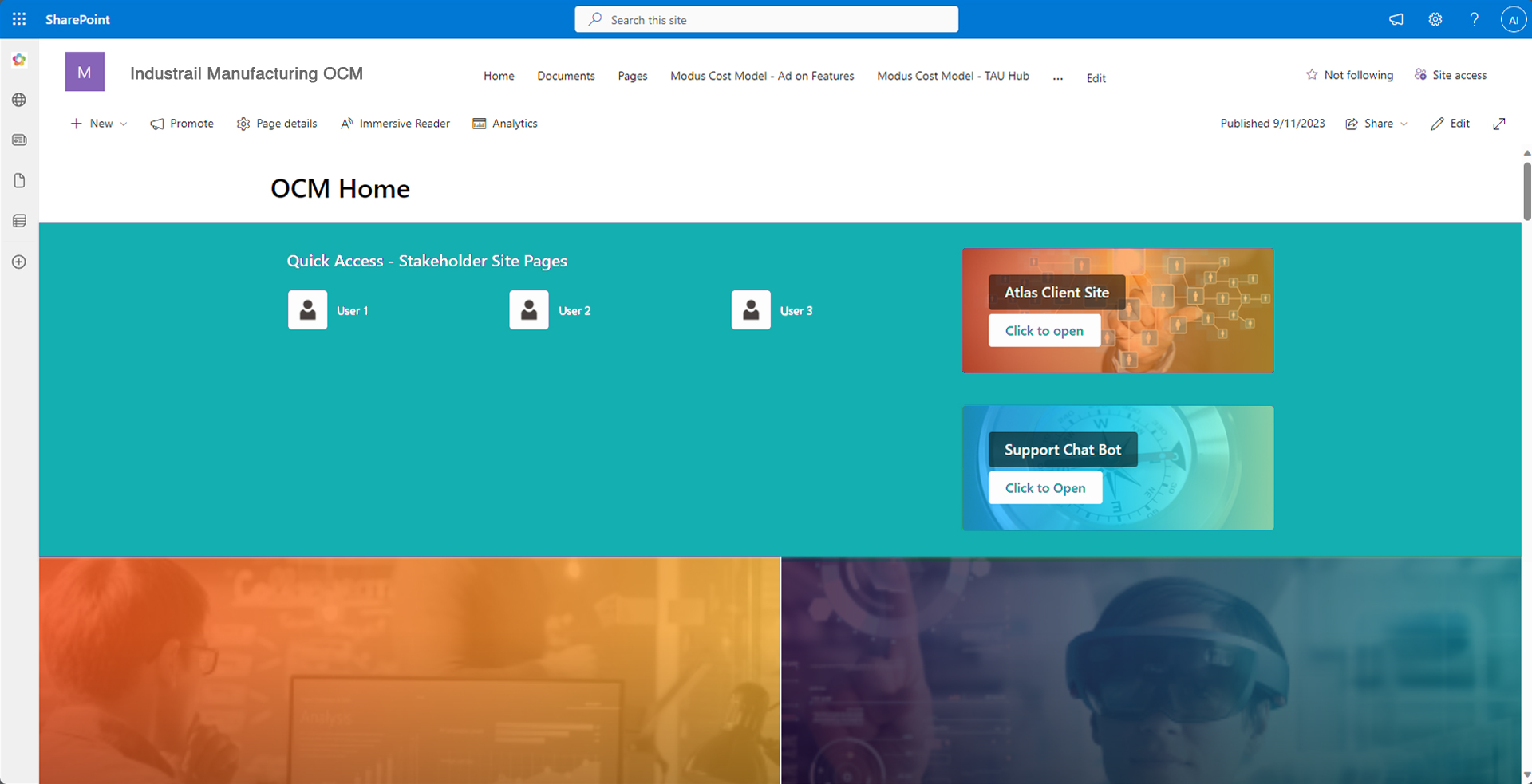
Importance:
• Achieve Full Adoption: Ensure changes are fully adopted at all levels of the
organisation.
• Enhance Communication: Maintain clear and effective communication
throughout the change process.
• Develop Leadership: Strengthen leadership capabilities to sustain change.
• Optimise Structures: Design organisational structures that support strategic
goals.
• Facilitate Continuous Improvement: Use tools and resources to manage and
adjust change efforts effectively.
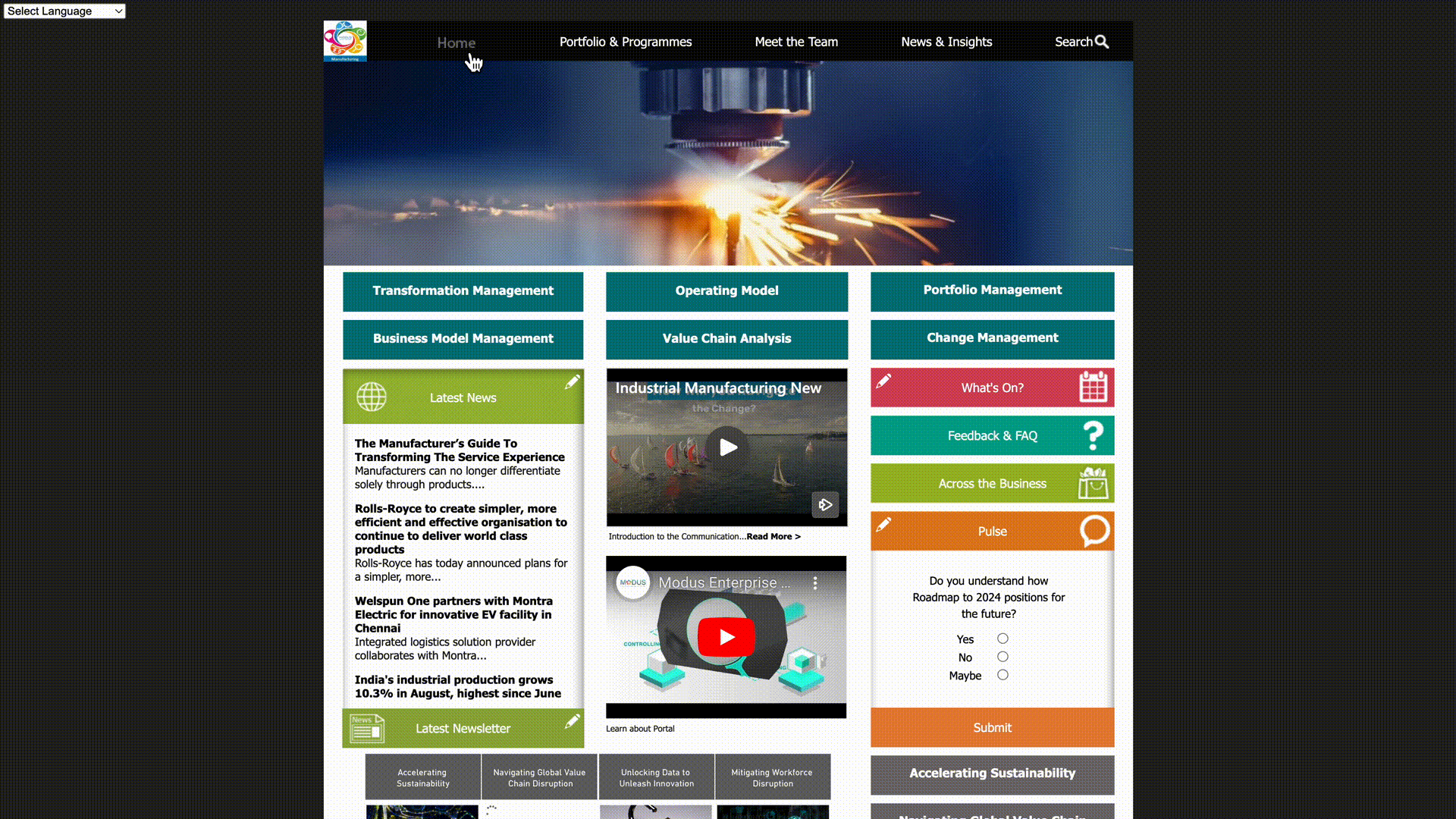
Importance:
• Enhanced Communication: Centralizes all transformation communications
for clarity and efficiency.
• Team Collaboration: Facilitates collaboration between transformation and
business teams.
• Stay Informed: Keeps everyone updated with the latest news and
developments.
• Proactive Management: Alerts and calendar roadmaps help manage
changes effectively.
• Inclusive and Global: Language capabilities ensure all team members can
participate fully.
06 - Engagement Hub - Share and Guide
Share and Guide with the Engagement Hub: Centralize communication and collaboration to drive successful transformation.
Key Features:
• Centralize Transformation Comms: Consolidate all transformation-related
communications in one place. Ensure everyone is on the same page.
• Latest News: Stay updated with the latest news and developments. Keep
the team informed about ongoing transformation activities.
• Poll Surveys: Conduct surveys to gather feedback and insights. Engage
employees and stakeholders in the transformation process.
• Transformation Team Areas: Dedicated areas for transformation teams to
collaborate. Streamline communication and project management.
• Business Team Areas: Spaces for business teams to align with
transformation goals. Foster cross-functional collaboration.
• Calendar Roadmaps: Visualize key milestones and deadlines. Keep track of
important dates and events.
• Language Capability: Support for multiple languages to ensure inclusivity.
Enable global teams to collaborate effectively.
• Transformation and Change Alerting: Receive alerts about critical changes
and updates. Stay proactive and responsive to transformation needs.
Transformation As Usual Capability Model
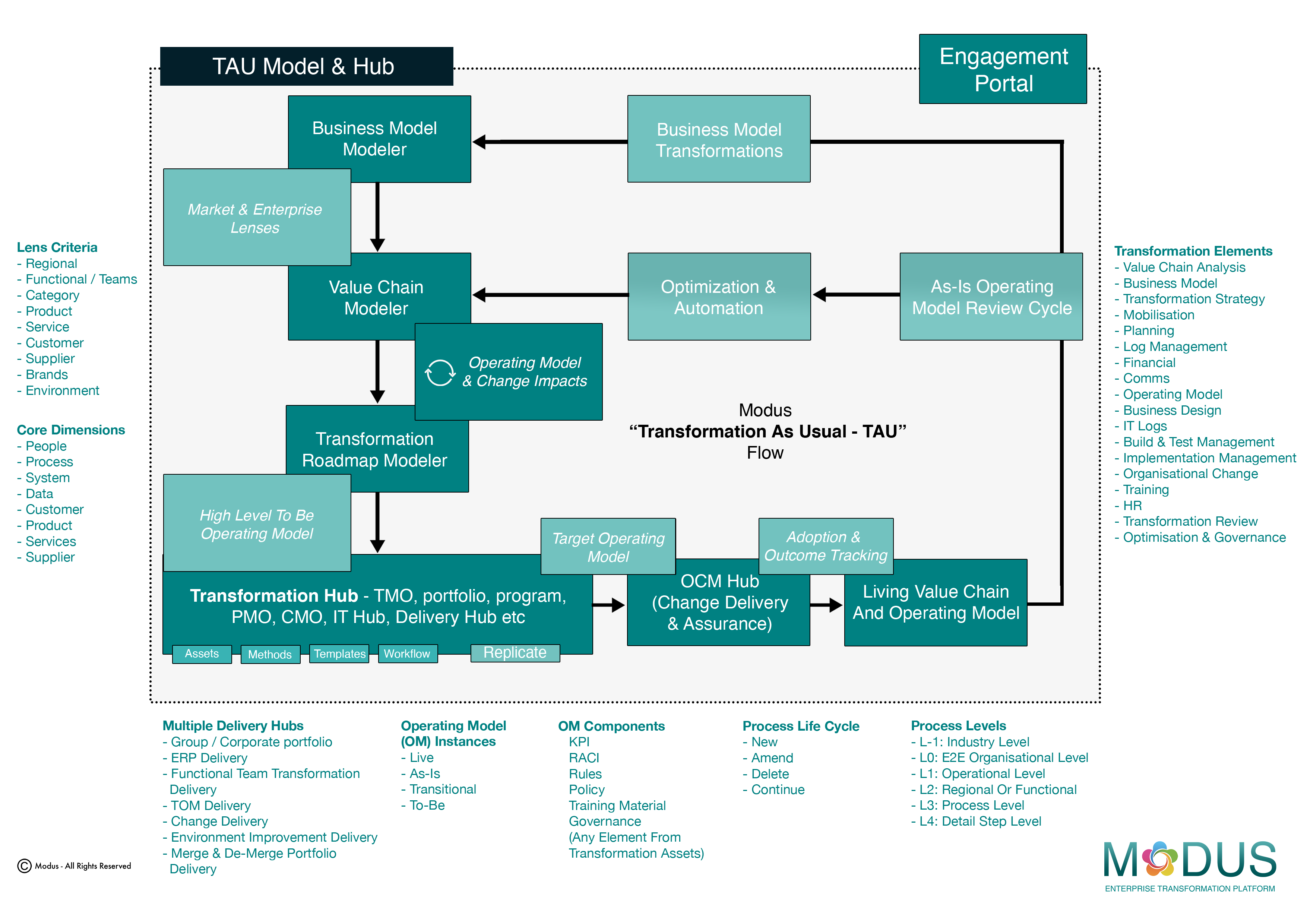
Individual and Team Capability Development
